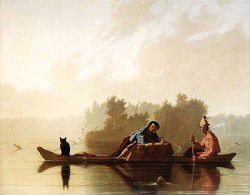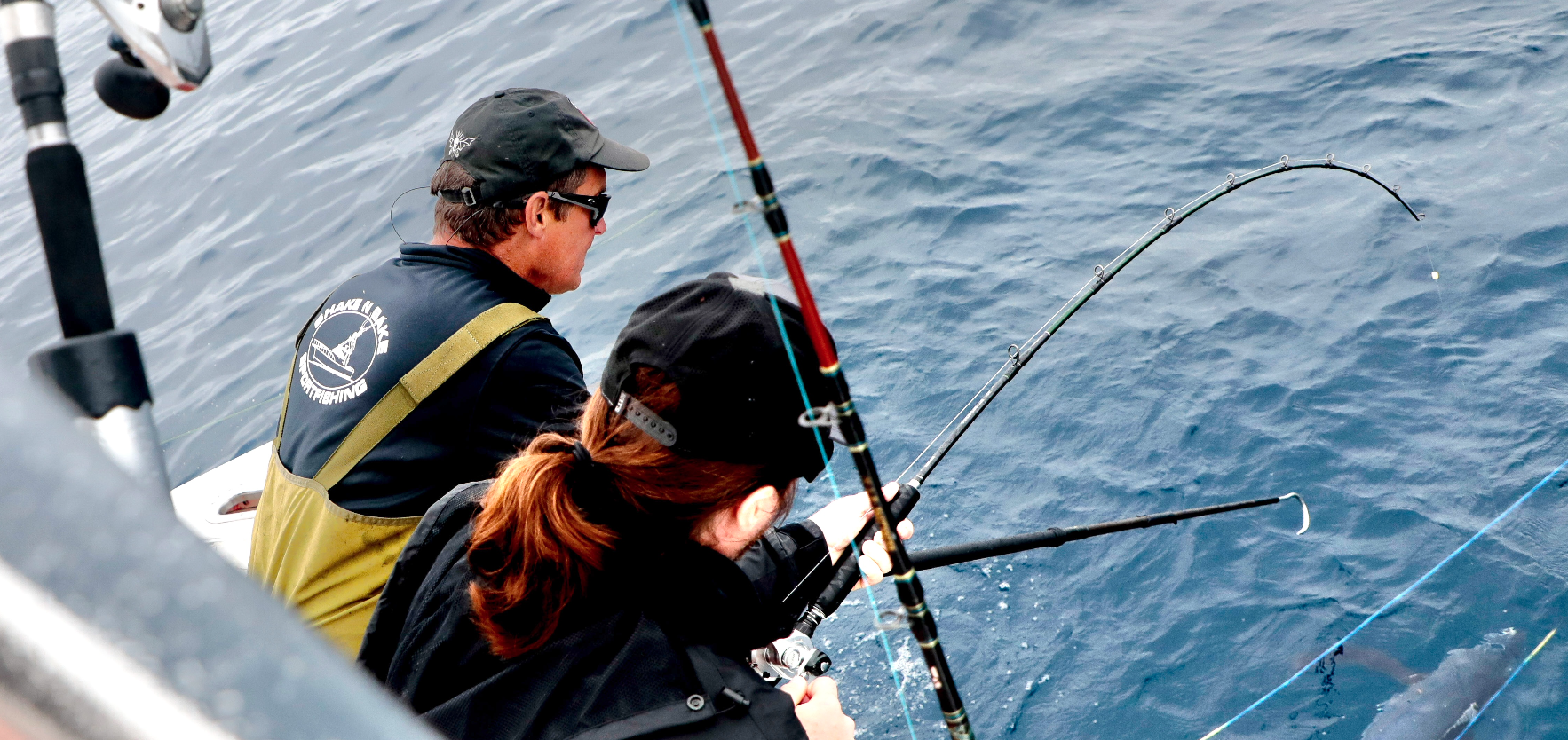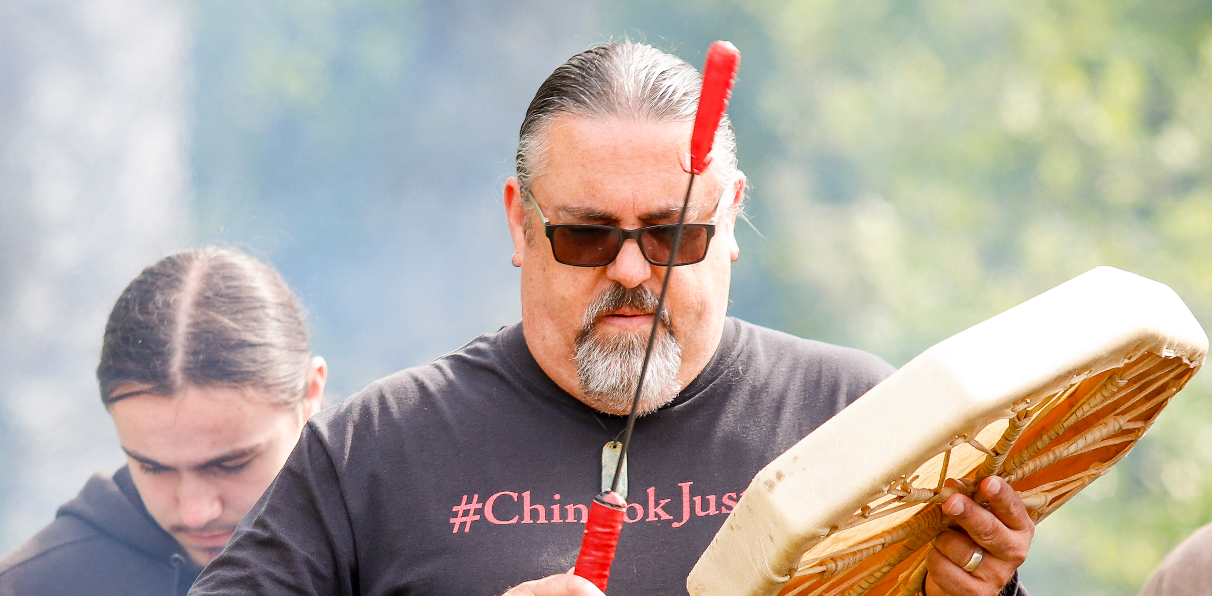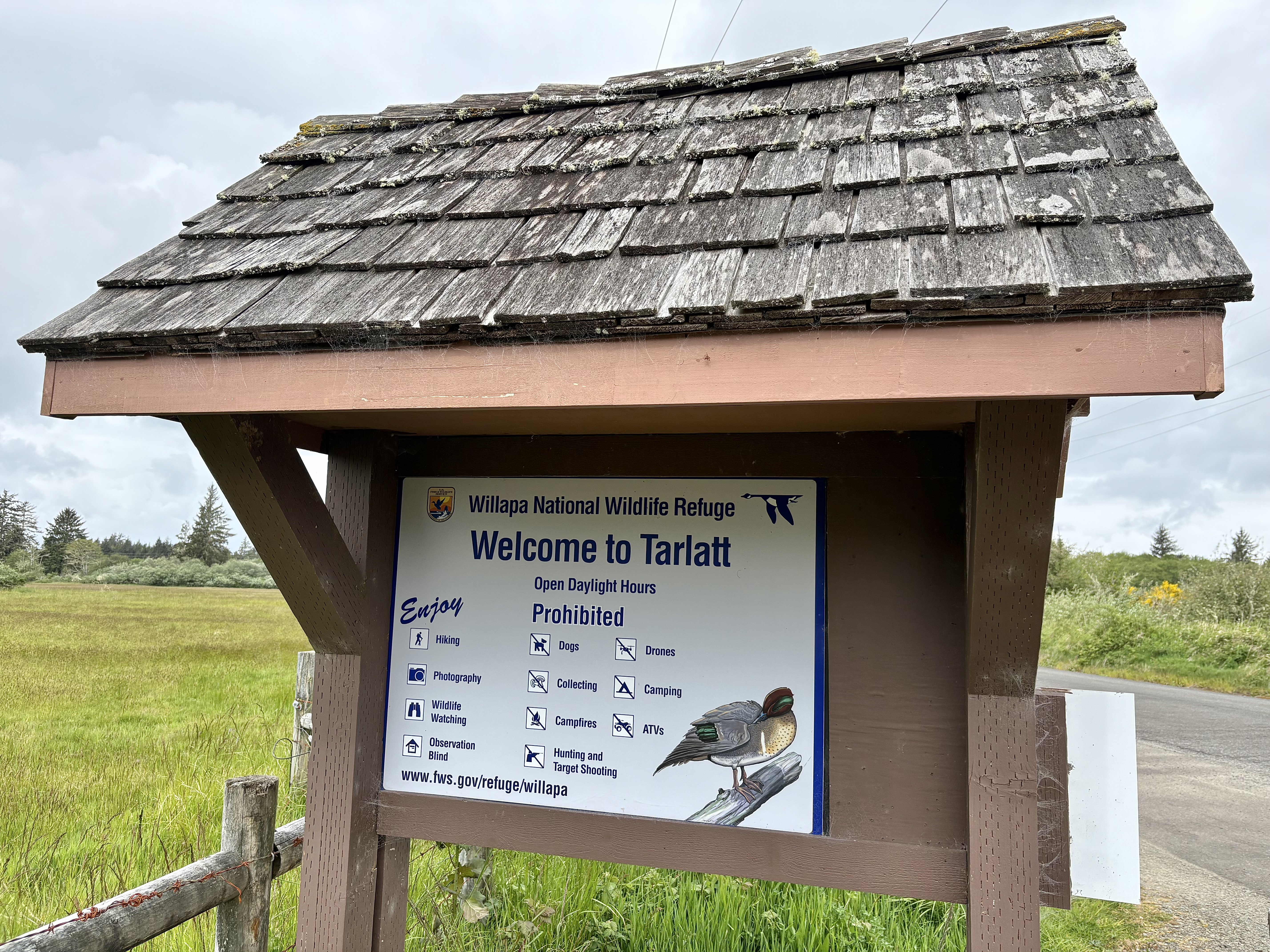Local seeks out historic works from her home
Published 5:00 pm Monday, November 1, 2010

- "Fur Traders Descending the Missouri"<I><BR>by George Caleb Bingham</I>
LONG BEACH – Patricia Moss, art investigator, has arrived on the Peninsula. And unable to find a vacant position at any of our many local art investigation shops, she has been yearning to share her story with others in order to nurture “a stronger local presence.”
Trending
But what exactly does an art investigator do?
“I find lost paintings, or they find me,” said Moss from her home in Long Beach, with rescued Amstaff (American Staffordshire terrier) Bella sunning on the back porch. “I investigate, locate, authenticate, and sometimes sell works of fine art. Or I might assist in assessing a piece of art but not really appraising, I don’t do formal appraisal. I specialize in 19th century American art.”
Moss has readied herself for conversation by gathering a few of the tools of her trade. There are several art catalogues open on her kitchen table, journals with her research articles, and a large three-ring binder with carefully catalogued and protected images of the paintings she has a special relationship with.
Trending
Moss grew up in the Kansas City, MO., region and as a child was taken to the Nelson-Atkins Museum of Art, encountering art from Egyptian times through contemporary art.
“I grew up with this one,” she said, pointing to a portrait of Dr. Benoist Troost, a Dutch immigrant and one of the founders of Kansas City. “My mother used to take me to the Nelson-Atkins, a remarkable museum, which had a large collection of the paintings of George Caleb Bingham.” This painting can be seen at www.tinyurl.com/24xnqrj.
Perhaps not even Moss knew at the time how deeply she would get to know this American classic.
The Bingham Lady As it turns out, Moss’ claim to fame is her tenacity and expertise in unearthing and identifying the paintings of mid-century mid-western portrait artist George C. Bingham.
Bingham (1811-79) was an American artist who captured the tenor of everyday life and the personalities in and around the frontier lands of the Missouri River. Though not as valued during his own time, his work, much of which was rediscovered by Moss, is now being hailed as some of the finest painting of the American 19th century.
“This one just sold at Sotheby’s for $62,500,” she said, pointing to a portrait entitled “Mrs. George Caleb Bingham and Son Newton.” “They had it in their catalogue for between $8-12K but we knew it was worth much more than that.”
Moss knows every Bingham, where it is and likely how much it is worth. She has been in correspondence with some of his descendants as well as the descendants of those whose relatives were captured in a Bingham portrait.
She calls this kind of investigative work “reverse genealogy.” That is, going forward from a past relative to find living relations. This was her primary methodology for tracking down the portraits painted during Bingham’s lifetime.
How Moss found her way to this research is told in an article in the Smithsonian Research Scholars Center’s newsletter in which she is called, “The Bingham Lady.”
“I came across a copy of Bingham’s portrait of John B. Wornall (1866). Bingham captured the compelling charm, laughing eyes, and intelligence of a former Southern aristocrat who had become a banker and Missouri state senator. I could go on and on about how that portrait, and other Bingham portraits, caused one visual epiphany after another. I realized that a unifying regional history could be told through the portraits of George Caleb Bingham and was asked to write an article on the topic …” (Issue #6, Spring 2010)
Why Long Beach? One obvious question is how does a woman, sleuthing mid-western 19th century art, end up in Long Beach?
“It just seems we all have a place where we belong and I belong here,” said Moss. “It’s odd because I’m isolated and I’ve had respiratory problems – so why would I choose a damp place like the Peninsula?”
“But everybody who knows me has said this is the right place for me.”
After graduating from college in Colorado, Moss made her way to Seattle following college friends. She stayed 15 years but was disappointed to find out that Seattle wasn’t closer to the ocean. Moss returned to Kansas after her time in Seattle but something drew her back to the Pacific Ocean.
“I remember flying over Mount Rainier and …” she stops. “I have ideas swirling around in my head but there just aren’t words.”
“The ocean has an energy. One of my friends said, ‘just go.’ In varying degrees throughout my life, I’ve felt as though life was elsewhere. Here, beside the sea, each cell in my being feels at home. Not one needs to be elsewhere,” she added upon reflection.
Provenance Authenticating a painting involves tracking down information about the paintings’ creator and tracking its whereabouts and various owners through time.
Moss gives the example of a woman who called her with a sculpture that she had inherited from her father. She thought that the sculptor was a 20th century German but the piece did not have a provenance, an ownership history.
Art historians said that the piece had been destroyed in the ’50s or ’60s, but Moss was able to authenticate that the piece was created by Wilhem Lehmbruck and prove that it was purchased by her client’s father. Moss re-established its provenance and the value was set at $25,000.
Sometimes Moss will get a call from someone who thinks they may have an unsigned Bingham. She has one story about a museum staff certain they had been given a Bingham portrait, until Moss convinced them that the style of dress, the woman’s handbag and the broach did not exist until two years after Bingham’s death.
In another case, she was surprised to find a Bingham painting unrolling line by line off her fax machine. “I knew with only a quarter of it sent that it was his,” she said, “just by the colors and the shading of the background.”
Tools of the art sleuth Moss can do her work at a distance by using online art databases and other resources. But she always needs to eventually see an image of the work in question. Hence, over the years Moss has collected a remarkable number of images of mid-century paintings. These serve as reference points to history, among other things.
“Fur Traders Descending the Missouri,” she said, “I like this painting because of its possible connection to Astoria. In addition to other levels of meaning, ‘Fur Traders’ may illustrate a scene from Washington Irving’s 1836 book, Astoria, and the older character may represent fur trader Pierre Dorian, Lewis and Clark’s translator with the Yankton; the younger, Pierre Dorian II, a member of the Astoria expedition.”
The Inventories of American Painting (IAP) and Sculpture document more than 400,000 artworks in public and private collections worldwide. Moss not only uses these inventories for her work, she has also contributed to them.
Most Wanted Moss has a “most wanted list” of Binghams.
“When I began the search, of the 439 authenticated George Caleb Bingham paintings, 139 (or 31 percent) were missing. That number is now down to 82. I’ve located 57 and found two new ones along the way,” she added.
Moss is equally versed in history and art, in fact, it is the art that tells her about the history of an area.
How Moss will adapt to her new home in Long Beach is yet to be revealed. But she does say, “One of my passions is understanding history through art. And I very much want to find out about this rich area where I live.”
To read more about Moss, see her website at (www.patriciamossart.com).









